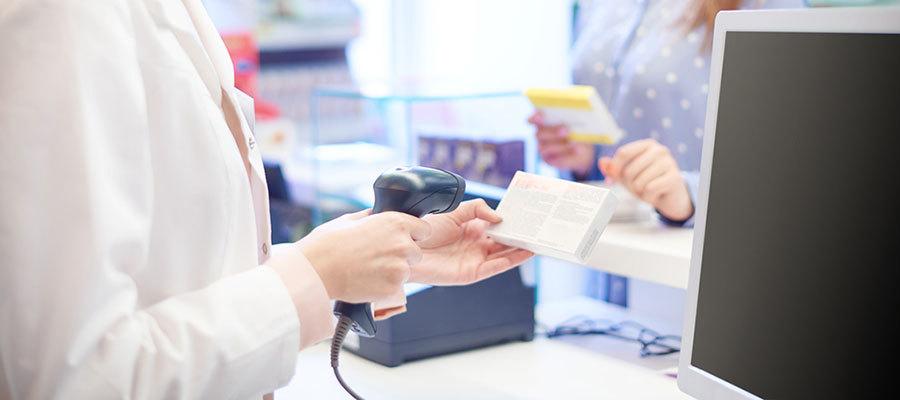Study: No clinical support for costliest U.S. drug price hikes

Net price increases for seven drugs raised U.S. drug spending by $5.1 billion between 2017 and 2018 without evidence of improved safety or effectiveness, according to the first annual report by the Institute for Clinical and Economic Review on the costliest U.S. drug price increases unsupported by clinical evidence. For example, the average U.S. price for Humira, a drug used to treat chronic illnesses such as rheumatoid arthritis, increased 15.9% over the period after accounting for rebates and other concessions, raising spending on the drug by an additional $1.86 billion. “If new evidence emerges that shows a treatment may be more beneficial than what was previously understood, perhaps that new evidence could warrant some level of price increase,” said David Rind, M.D., chief medical officer for the independent research institute. “For seven of the nine drugs we reviewed, however, we found that the price increases lacked justification in new evidence.”

